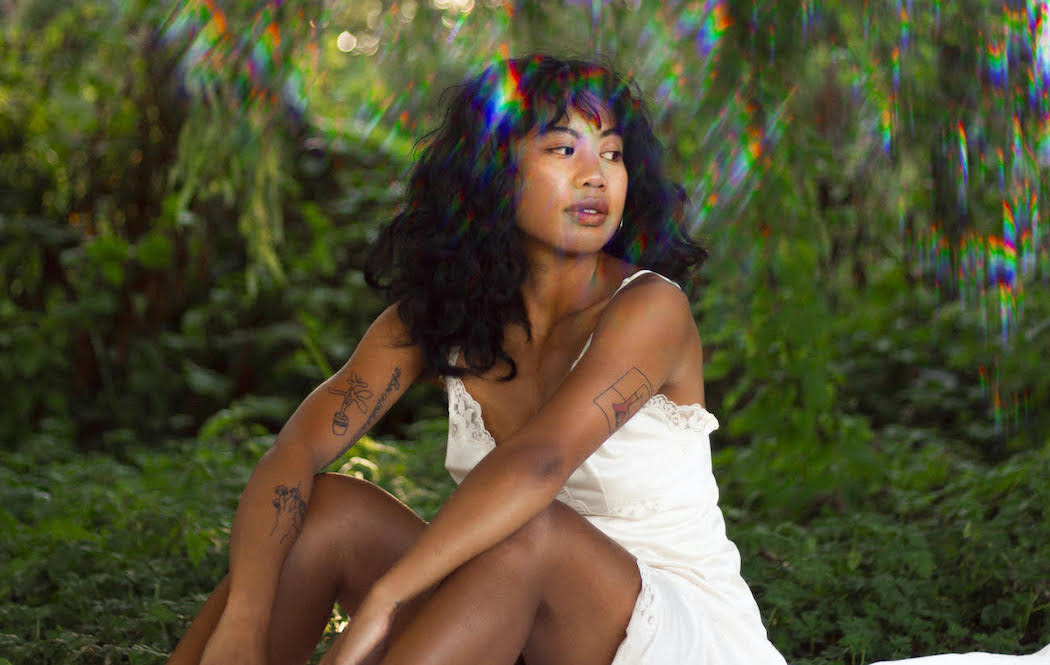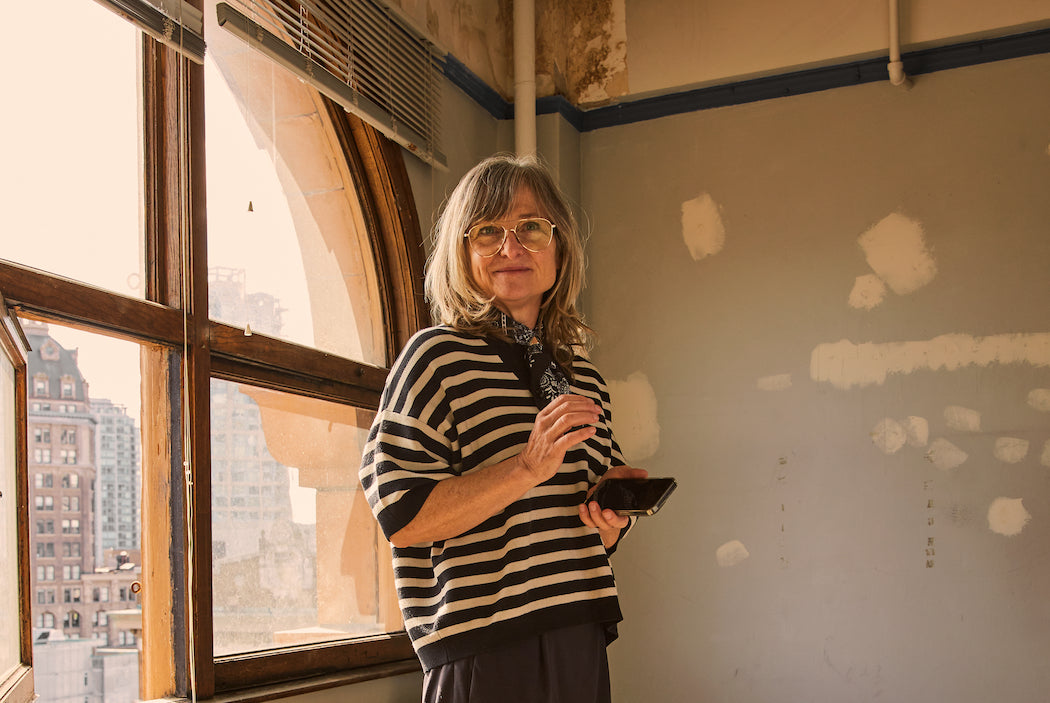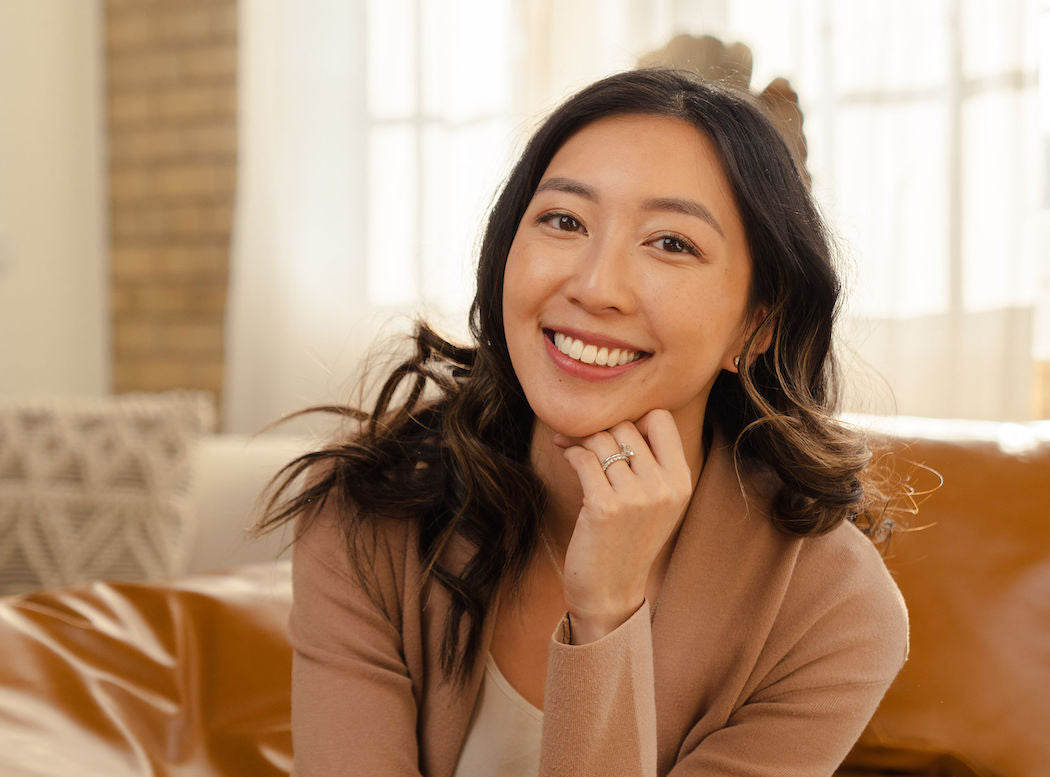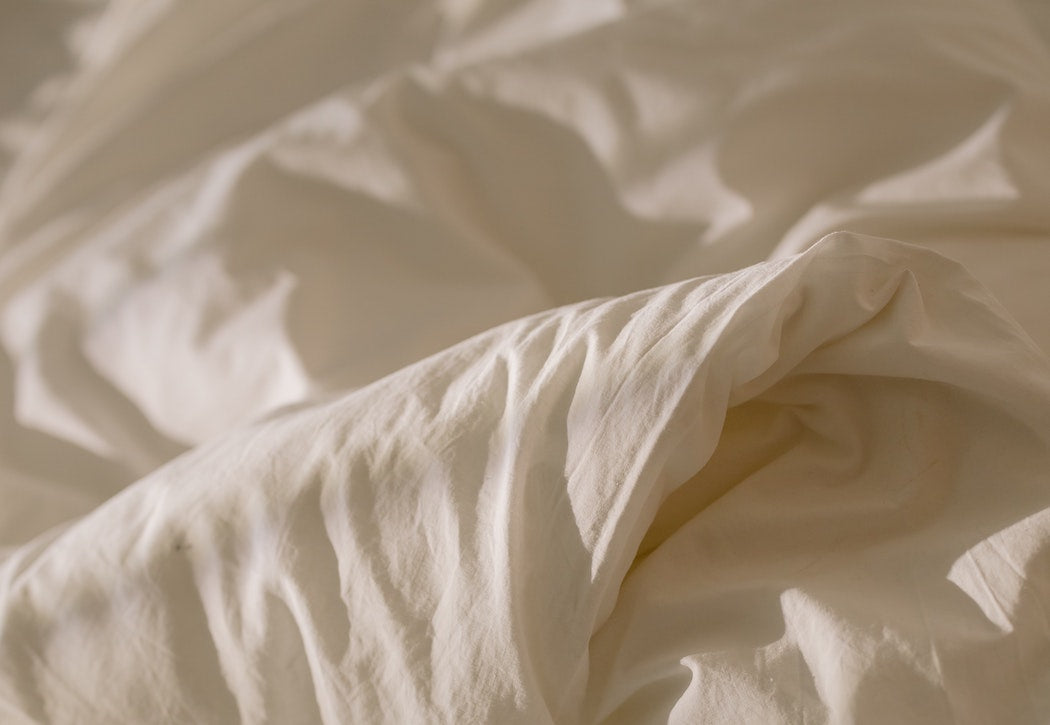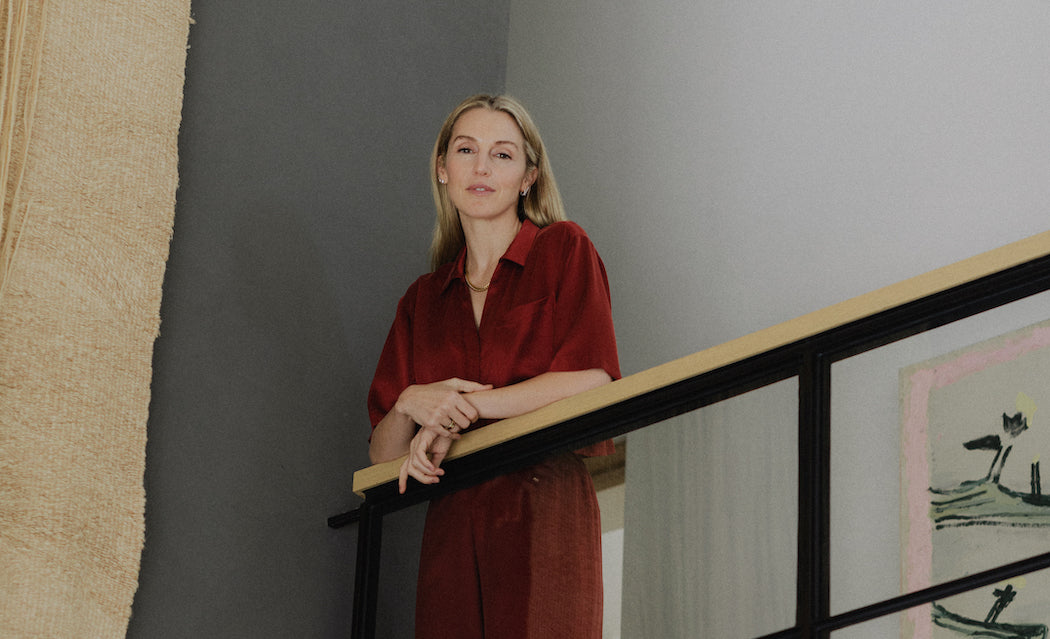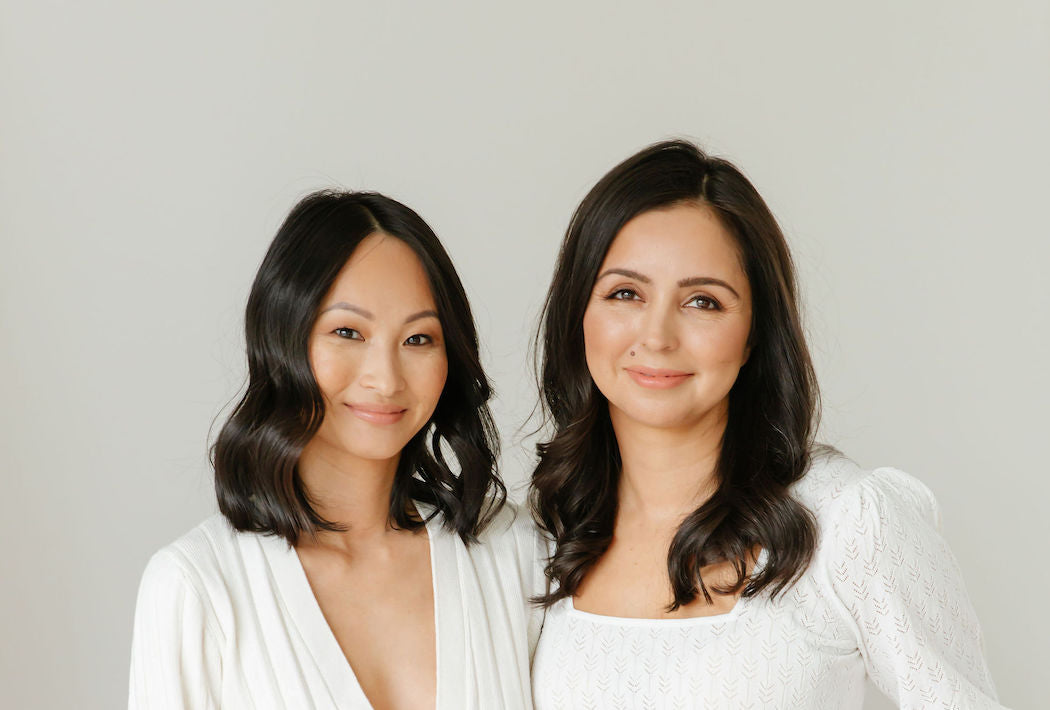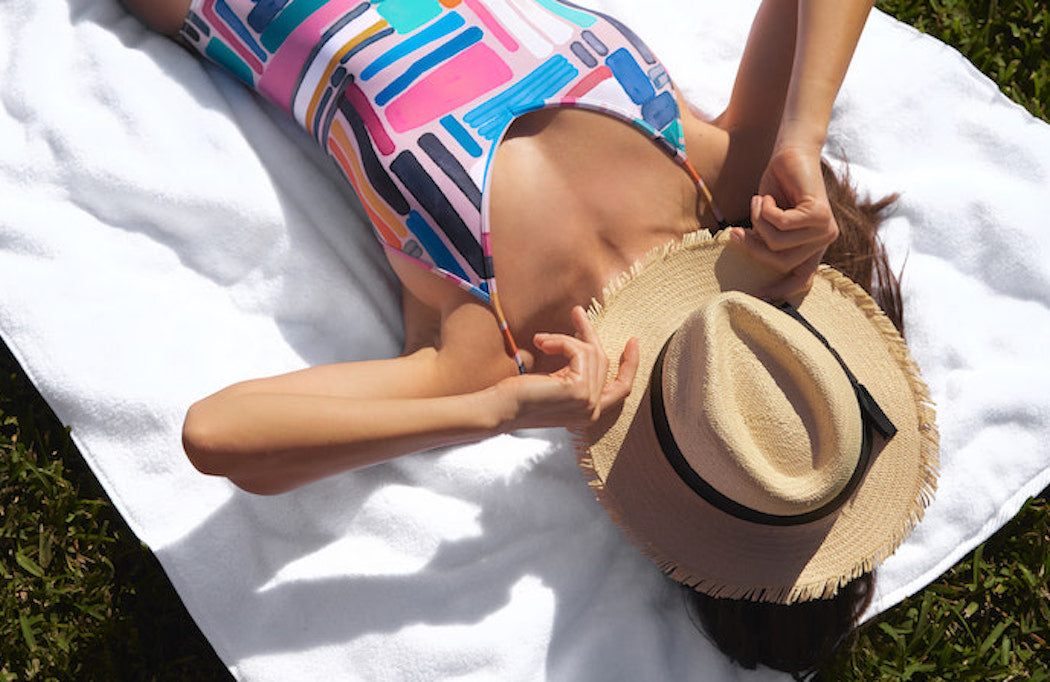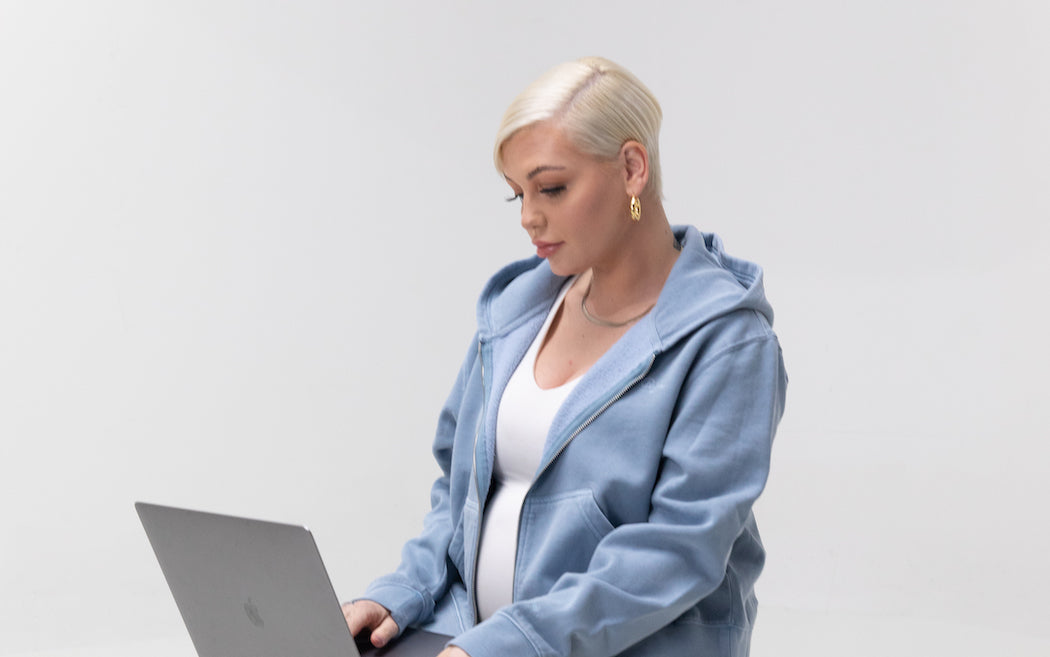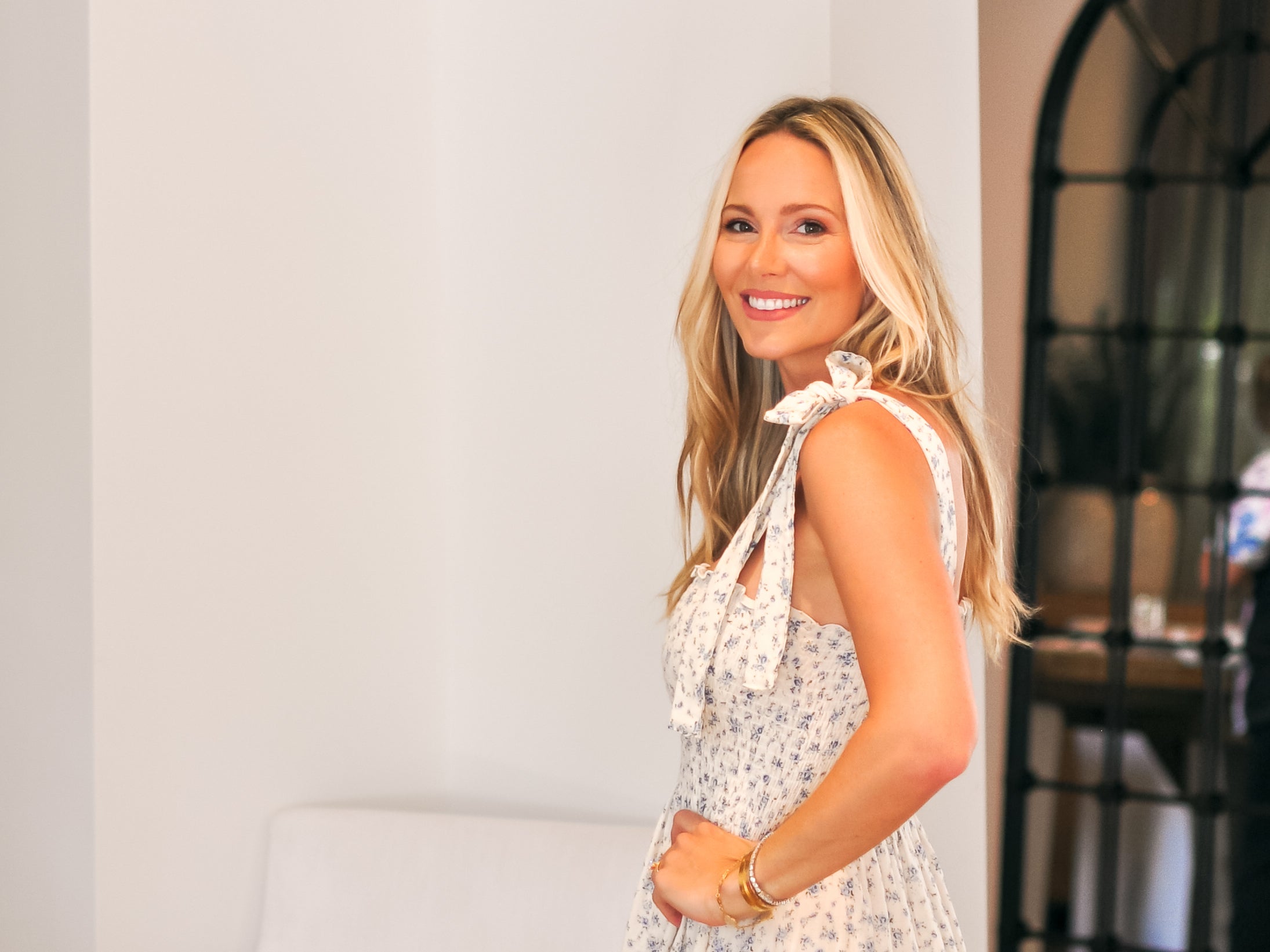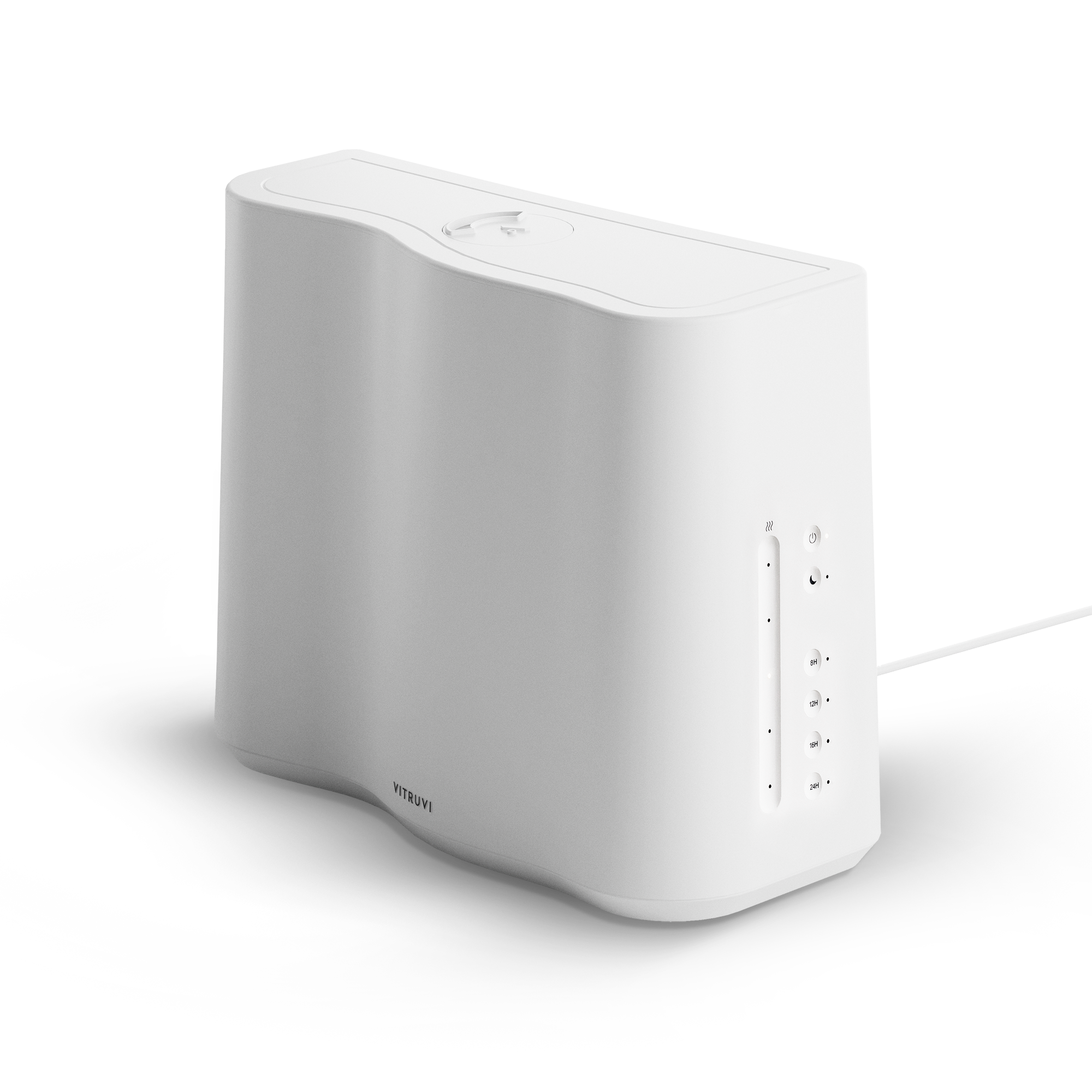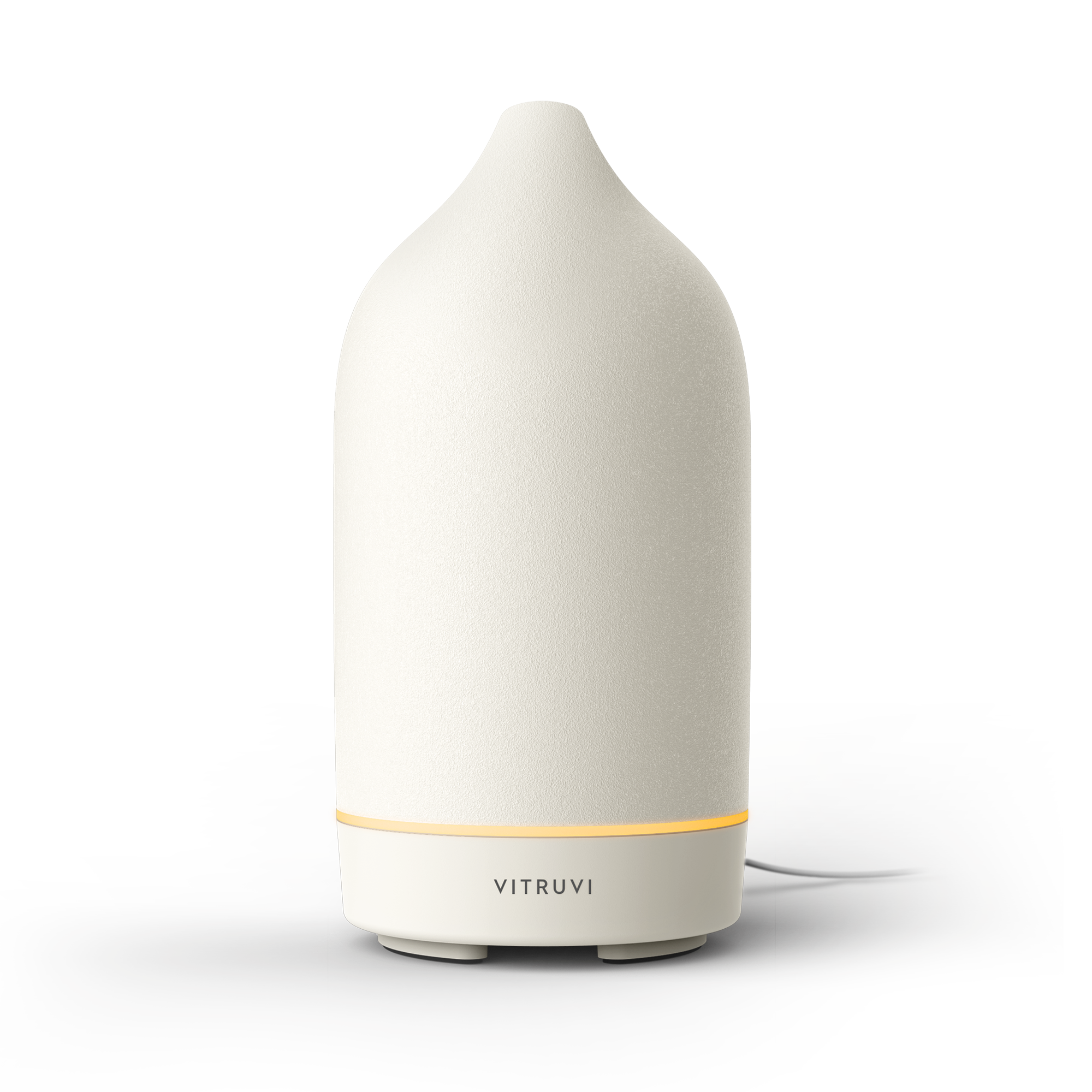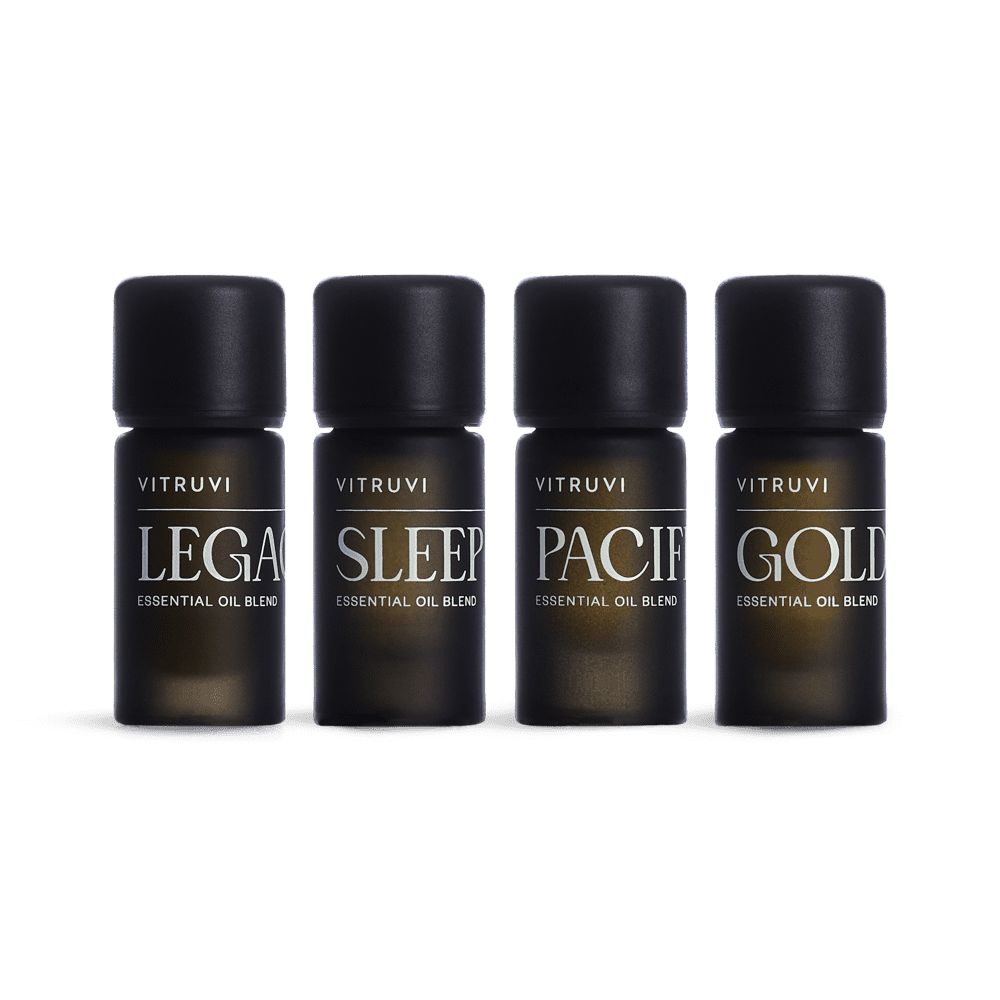She told me to look at the camera as if I were “tired of this shit,” whatever “this shit” was.
It was a week before my birthday, and I was barefoot in East Vancouver’s Trout Lake park, seated beneath a willow tree on the wet and cold ground. Pebbles and sticks prickled my heels. My muscles trembled trying to hold poses that did not come naturally to me.
The things that my body felt in that moment are not visible in the final photograph. But I suppose that’s the point.
The experience of being in front of the camera was powerful and layered. I was excited that a photographer wanted to capture me for my full self—a photographer who didn’t ask me to straighten my hair or curl my eyelashes. I thought about all the women of colour who have a face like mine. How exciting for us.
But soon, this excitement reshaped into a sense of responsibility. Women of colour are not very often celebrated in spaces that define beauty, which means any kind of exposure can feel like a radical and weighted act.
The responsibility I felt in that moment is not visible in the final photograph. But I suppose that’s my point.
A few weeks later, when the photographer posted the image of me on social media, I was surprised at how quickly it gained reposts, likes, comments, and follows. It was as if everyone else saw a different person in the photo than I did.
I just saw myself: my dark shade of skin that the August sun brings; the imperfect squiggles of my hair; the curvy lines that make up the profile of my face. All the features that make me visibly a woman of colour are highlighted in this photo. All the features that I have been told to hide in order to be beautiful are prominent in this photo. Others celebrated this photo so easily with their quick double-taps and heart-eye emojis; I wanted to celebrate the woman in this photo with them, but I felt so removed from her. Dismantling standards of beauty takes time, especially when you’re suddenly the one that all eyes are on. I was trying to catch up. I still am.
There is a level of acceptance, unseen via the camera lens, that women of colour must continuously work through. I have spent much of my life observing beauty in spaces that define it—magazines, movies, clothing stores—and coming to an understanding that people like me don’t belong there. After years and years of being told that my body was not beautiful, it was shocking to suddenly be told the opposite. My deep-rooted doubts cannot be dismantled with one good photograph. But it’s a start.
It’s exciting to see someone who you share similarities with represented in the media; it’s powerful to hold up those who carry traits like your own. This layered experience is one we all must begin to understand so that melanated bodies don’t have to carry it alone. Representation matters. Celebration matters.
And when celebrating melanated bodies, we must acknowledge that the owners of these bodies may hold an invisible weight of labour. We must acknowledge the valid and internal considerations that occur beyond the lens: the responsibility they carry for those who look like them; the acceptance they must continually work through to understand their own worth; their doubts in wondering where the limits of their beauty lie.
Maybe we could photograph more melanated bodies and see them on the covers of magazines. Maybe we could place melanated bodies behind the camera, too. Maybe we could acknowledge that melanated bodies hold experiences that we cannot always see but must honour nonetheless. Maybe we could celebrate melanated bodies as beautiful bodies, and not just as placeholders for a softened take on politics or an of-the-moment brand campaign. And maybe I could join in on the celebration of my own melanated body. But I’m still catching up.

